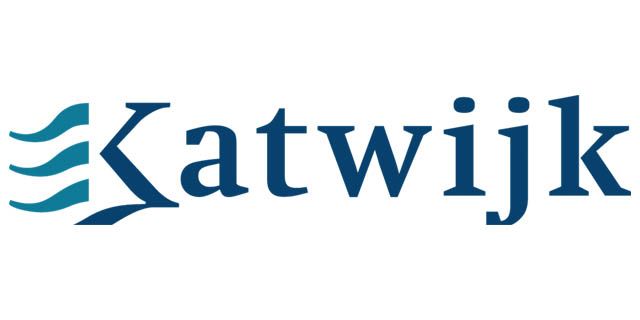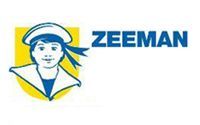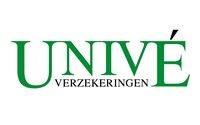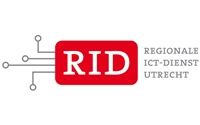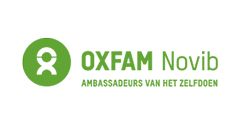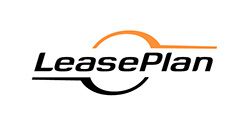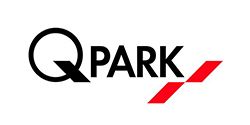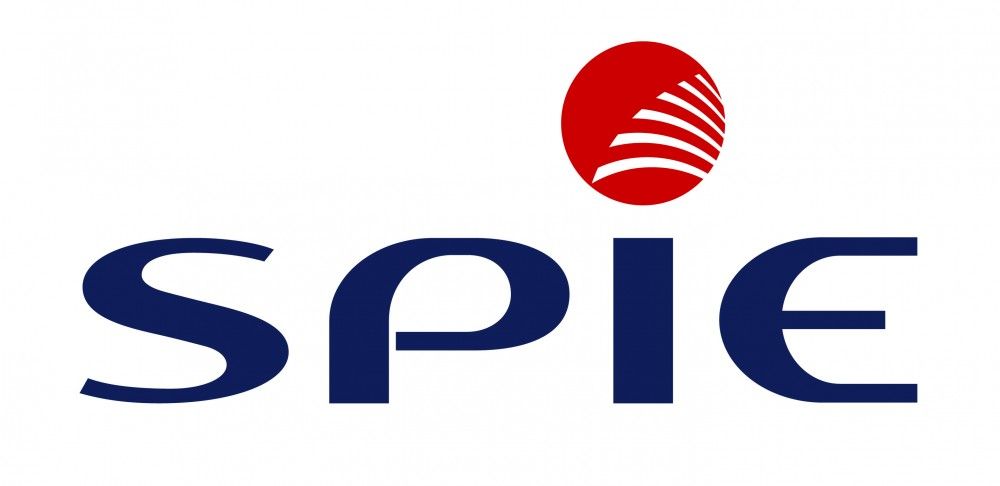Cursusbeschrijving
This course is aimed at experienced IT Professionals who currently administer their on-premise infrastructure. The course introduces the student to Microsoft Azure and then teaches them how to manage their infrastructure in Azure rather than on premise.
{tab Doelgroep}
- Information Technology (IT) professionals who have some knowledge of cloud technologies and want to learn more about Microsoft Azure.
- IT professionals who want to deploy, configure, and administer services and virtual machines in Microsoft Azure.
- IT professional who have used Microsoft System Center to manage and orchestrate a Microsoft server infrastructure.
- Windows Server administrators who are looking to evaluate and migrate on-premises Active Directory roles and services to the cloud.
- IT professionals who want to use Windows Azure to host web sites and mobile app back-end services.
- IT professionals who are experienced in other non-Microsoft cloud technologies, who meet the course prerequisites, and are looking to cross-train on Microsoft Azure.
- IT professionals who want to take the Microsoft Certification exam, 70-533, Implementing Microsoft Azure Infrastructure Solutions.
{tab Voorkennis}
In addition to their professional experience, students who attend this training should already have the following technical knowledge:
- Understanding of on-premises virtualization technologies including: virtual machines, virtual networking, and virtual hard disks.
- Understanding of network configuration including: TCP/IP, DNS, virtual private networks, firewalls, and encryption technologies.
- Understanding of websites including: create, configure, monitor and deploy a website on Internet Information Services (IIS).
- Understanding of Active Directory concepts including: Domains, Forests, Domain Controllers, replication, Kerberos, and LDAP.
- Understanding of database concepts including: Tables, queries, Structured Query Language (SQL), and database schemas
- Understanding of resilience and disaster recovery including: backup and restore operations.
Students who attend this training can meet the prerequisites by attending the following course, or obtaining equivalent knowledge and skills:
- Completing the MCSA certification in Windows Server 2012.
- Completing the 10979 Azure Essentials course.
{tab Certificering}
This course helps to prepare for exam 70-533, Implementing Microsoft Azure Infrastructure Solutions.
{tab Overige informatie}
This course will be delivered with digital courseware. In order to have the best learning experience you are asked to bring your own second screen to view the courseware. A second screen includes: tablets and laptops.
{/tabs} {slider Cursusinhoud|closed}
Module 1: Introduction to Azure
This module provides the students a high level introduction to Azure.
- Cloud Technology Overview
- Microsoft Azure
- Azure Portals
- Managing Azure with Windows PowerShell
Lab : Introduction to Azure
- Navigating the Portals
- Installing and Using Windows Azure PowerShell
- Planning Hosting in Azure
After completing this module, students will be familiar with:
- Cloud technology.
- Microsoft Azure.
- The Azure Portals.
- Managing Azure with Windows PowerShell.
Module 2: Implementing and Managing Virtual Networks
In this module students will learn how to Implement Virtual Networks, why they are important and how to manage them post-implementation.
- Planning Virtual Networks
- Administering Virtual Networks
- Inter-Site Connectivity
Lab : Implementing and Managing Virtual Networks
- Designing the Sub-Nets
- Creating the Virtual Network
- Connecting the Virtual Networks
- Validating Connectivity
- Configuring a Point-to-Site VPN
After completing this module students will be able to :
- Plan for Virtual Networks
- Create a Virtual Network.
- Administer Virtual Networks.
- Configure Point-to-Site VPNs.
Module 3: Implement Virtual Machines
In this module students will learn how to plan and implement virtual machines, including use of the Microsoft Assessment and Planning (MAP) for Azure toolkit. Students will learn about the differences between on-premise and Azure virtual machines, and of different ways to implement VMs.
- Planning Virtual Machine Workloads
- Using the Microsoft Assessment and Planning Toolkit for Azure
- Creating Virtual Machines
Lab : Implementing Virtual Machines
- Planning Virtual Machines
- Deploying Windows Virtual Machines
- Deploying Linux Virtual Machines
After completing this module students will be able to:
- Plan and implement virtual machines.
- Use the Microsoft Assessment and Planning (MAP) for Azure toolkit.
- Understand the differences between on-premise and Azure virtual machines.
- Implement VMs in different ways .
Module 4: Managing Virtual Machines
Having previously learnt how to implement virtual machines students will now learn how to manage the machines they have implemented.
- Configuring Virtual Machines
- Managing and Monitoring Virtual Machines
Lab : Managing Virtual Machines
- Configuring Virtual Machine Storage
- Exploring Availability
After completing this module, students will be able to:
- Configure Virtual machines.
- Manage Virtual Machines.
- Monitor Virtual Machines.
Module 5: Implementing Websites
In this module students will learn how to plan for website deployment, covering different levels of website and differing deployment models. They will then learn how to deploy a website, how to configure the site, how to monitor the performance of the site, what Webjobs are and how to use them and finally what Traffic Manager is and how it is used.
- Planning for Website Deployment
- Deploying Websites
- Configuring Websites
- Monitoring Websites and WebJobs
- Traffic Manager
Lab : Implementing Websites
- Creating Websites
- Deploying a Website
- Managing Websites
- Implementing Traffic Manager
After completing this module, students will be able to:
- Explain the different types of website available and when to use them.
- Understand the different deployment options, and be able to use them to deploy a website
- Configure websites
- Monitor websites
- Create and deploy Webjobs
- Understand and use Traffic Manager
Module 6: Planning and Implementing Storage
In this module students will look at types of storage, how to choose/plan storage, storage accounts, and affinity groups. They will move on to learn how implement BLOBs and azure files, recovery services and backup, diagnostics, monitoring, and analytics.
- Planning Storage
- Implementing and Managing Storage
- Backing up and Monitoring Storage
Lab : Planning and Implementing Storage
- Creating and Configuring Storage
- Using Azure File Storage
- Protecting Data with Azure Backup
After completing this module, students will be able to:
- Identify different types of storage and when to use each one.
- Implement BLOBs and Azure files.
- Protect their data using recovery services and backup
- Monitor their storage, and about the analytics available to help with this task.
Module 7: Planning and Implementing Data Services
In this module students will look at the differences between SQL databases on-premise and Azure SQL databases. They will learn how to implement Azure SQL databases, how to migrate data to SQL Azure, how to monitor the databases once created in Azure and about business continuity using database copy and export, Self-service restore and Geo-replication.
- Data Services in Microsoft Azure
- Implementing Azure SQL Database
- Managing Azure SQL Database Security
- Monitoring Azure SQL Database
- Managing Azure SQL Database Business Continuity
Lab : Planning and Implementing Data Services
- Configuring Azure SQL Database
- Migrating a Database to SQL Database
- Restoring a Database
At the end of this module students will be able to:
- Understand the differences in using SQL Azure databases and how to migrate their data to them.
- Keep their data secure in SQL Azure.
- Monitor their SQL Azure databases and recover data should it be required for business continuity.
Module 8: Implementing Cloud Services and Mobile Services
In this module students will look at cloud services and how they compare to VM and website execution models. They will also look at Web roles and worker roles. They will then move onto learn about deploying and configuring cloud services. They will also look a mobile services, at how to create, deploy and configure. Finally they will learn about monitoring and diagnostics.
- Planning for Cloud Service Deployment
- Deploying Packages
- Configuring Cloud Services
- Implementing Mobile Services
- Monitoring and Diagnostics
Lab : Implementing Cloud Services
- Deploying a Cloud Service
- Configuring Cloud Services Networking
- Monitoring Cloud Services
After completing this module, students will be able to:
- Understand what a cloud service is, how it is deployed and configured.
- Understand what a mobile service is, how it is deployed and configured.
- Monitor and diagnose issues with the services.
Module 9: Implementing Content Delivery Networks and Media Services
In this module students learn what a content delivery network is and how to implement one. They then move on to look at Azure Media Services, and how to utilize media in Azure.
- Implementing Azure Content Delivery Networks
- Publishing Content with Azure Media Services
Lab : Implementing Content Delivery Networks and Cloud Services
- Configuring a Content Delivery Network
- Adding Content to the Source Service
- Creating a Media Services Account and Upload Content
- Publishing and Scaling Media Content
- Accessing Content Delivery Network and Media Services Content
After completing this module, students will be able to:
- Explain what a content delivery network is and why they would want to use one.
- Implement a content delivery network and attach media to it
- Create a media account and be able to load and manage data within the account.
Module 10: Implementing Azure Active Directory
In this module students will learn how to implement Azure Active directory, and then manage users within the directory. They will also look at adding customer domains, at multi-factor authentication and at application integration with Azure active Directory. Finally they will learn about the features and benefits offered by Azure Active Directory Premium.
- Creating and Managing Azure Directories
- Configuring Application Integration with Azure Active Directory
- Overview of Azure Active Directory Premium
Lab : Implementing Azure Active Directory
- Administering Active Directory
- Configuring Single Sign-On
After completing this module, students will be able to:
- Implement and configure Azure Active Directory, including the use of multi-factor authentication and single sign-on.
- Have an understanding of Azure Active Directory premium and the benefits it offers above the standard package.
Module 11: Managing Active Directory in a Hybrid Environment
In this module students learn about managing Active Directory in a Hybrid environment. They start by looking at extending the on-premises active directory into the cloud, and how to manage Office 365 users. They then move on to learn about Directory Synchronization (Dir Synch) and federation (AD FS).
- Extending On-Premises Active Directory into Azure
- Directory Synchronization
- Implementing Federation
Lab : Managing an Active Directory Hybrid Environment
- Determining Integration Requirements
- Synchronizing Directories
After completing this module, students will be able to:
- Extend their on-premises active directory to Azure
- Implement Dir Synch and/or AD FS and to understand which is appropriate in a given situation.
Module 12: Implementing Automation
This module starts with an introduction to automation and the components. The student then moves on to look at PowerShell Workflows, particularly the move from PowerShell scripts to worklows and finally looks at managing automation through creating and publishing runbooks, creating and scheduling jobs and monitoring job execution.
- Overview of Automation Components
- PowerShell Workflows
- Managing Automation
Lab : Implementing Automation
- Configuring Automation Accounts
- Creating Runbooks
After completing this module, students will be able to:
- Understand the various automation components and know when and how to use them.
- Create PowerShell workflows and runbooks for use in automating their environment.
{slider Doelstellingen}
- Describe Azure architecture components including infrastructure, tools, and portals.
- Implement and manage virtual networking within Azure and to connect to on-premises environments.
- Plan and create Azure virtual machines.
- Configure, manage, and monitor Azure virtual machines to optimize availability and reliability.
- Implement, manage, backup and monitor storage solutions.
- Plan and implement data services based on SQL Database to support applications.
- Deploy and configure websites.
- Deploy, configure, monitor, and diagnose cloud services.
- Publish content through CDNs and publish videos by using Media Services.
- Create and manage Azure AD directories, and configure application integration with Azure AD.
- Integrate on-premises Windows AD with Azure AD.
- Automate operations in Azure management by using PowerShell runbooks.
{/sliders}
Heeft u binnen uw organisatie een groep cursisten die graag willen deelnemen aan deze MCSA Linux on Azure training, dan is het financieel aantrekkelijk om deze cursus bij u op locatie te organiseren. Vraag een vrijblijvende offerte voor de MCSA Implementing Microsoft Azure Infrastructure Solutions training.
Excel Training Volgen?
Benieuwd naar de mogelijkheden van een Excel training? Vraag vrijblijvend meer informatie aan en we sturen je binnen 24 uur meer informatie op!
